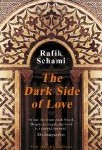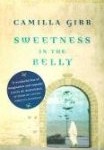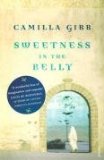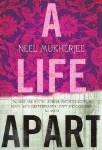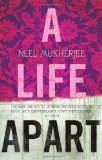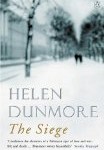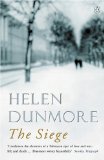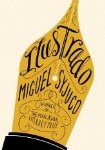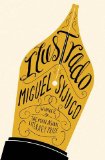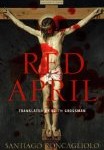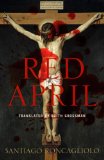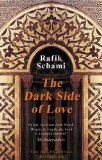
Shortlisted for the Independent Foreign Fiction Prize 2010
Translated from the German by Anthea Bell
The Dark Side of Love is epic in every sense of the word.
- The 850 pages are imposing.
- The writing quality surpasses the ordinary.
- The narrative encompasses an impressive period of time, following three generations as political change forces their lives in different directions.
- There is a hero who battles against adversity, capturing your heart.
The Dark Side of Love is set in Syria and follows two feuding families from 1907 through to 1970. The central characters are Rana and Farid, a couple who fall in love, but are unable to be together due to the generations of hatred between their rival clans.
The gulf between the Mushtak and Shanin families was deep. Later, no one could say just how their hostility had begun, but even the children of both families were convinced that they would sooner make friends with the devil than one of the enemy clan.
The first 300 pages of this book were slow going. New characters seemed to be introduced on each page and I found it almost impossible to keep track of who everyone was. In the end I gave up trying to work it out and approached each chapter as if it were a short story. This worked really well and I found myself treated to numerous Syrian myths and legends. I found the details of their lives fascinating and so although I couldn’t tell you who half the people were I never lost interest in the book. It took me over two months to read the first 400 pages, but I’m pleased that I took the time to absorb their world as I think it made the second half of the book even better.
At the centre of the book the narrative became more conventional and the focus shifted to Farid. This increased the pace of the book and I managed to complete the second half in just two weeks. Farid finds himself in many terrible situations, both political and personal, but the lengths that he goes to to try to be with Rana are heartbreaking. Their love was so strong and realistic that this has become one of my favourite romances.
Don’t be fooled into thinking this is a happy book though – there is a lot of violence and suffering. I’d describe it as a cross between A Fine Balance and Palace Walk. The complex political and religious situations in Syria are woven with more personal stories of families trying to arrange favourable marriages for their children or find appropriate jobs. I learnt so much from reading this book, but I’m going to re-read it as I’m sure that would reveal many more layers.
This isn’t an easy read, but it is well worth the effort. I think it is a literary masterpiece and that everyone interested in Middle Eastern literature should ensure they read it.
Highly recommended.
